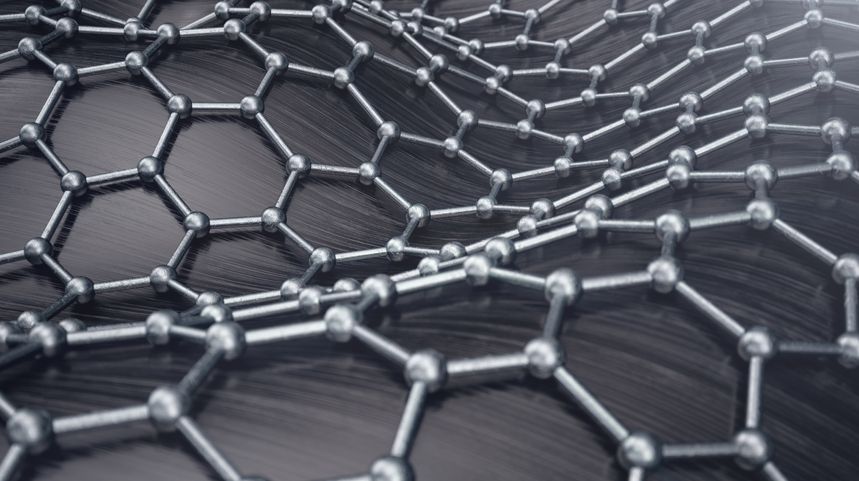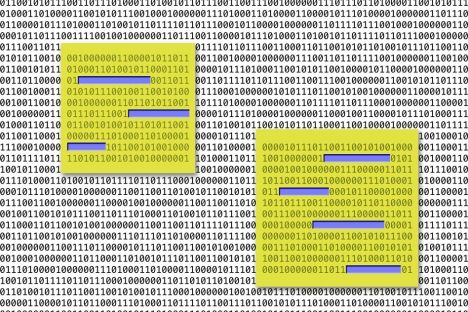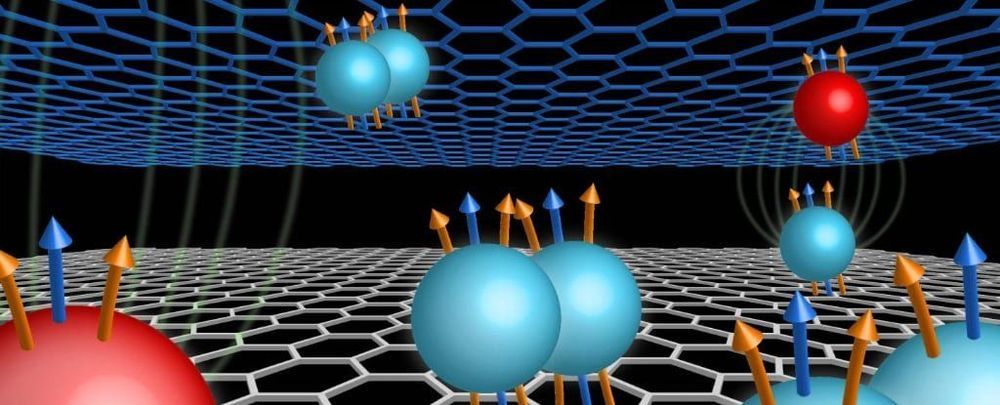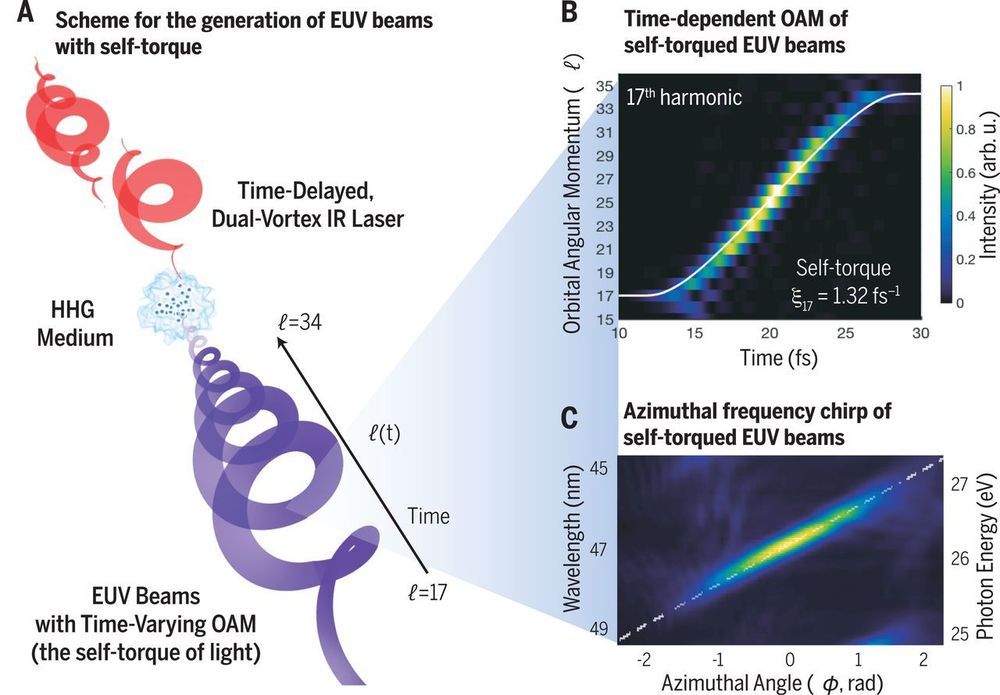Page 8648
Jun 28, 2019
the trouble comes when UBI is used as a way of merely making techno-capitalism more tolerable for…
Posted by Fyodor Rouge in categories: business, economics, Elon Musk
 So, if something is universal, doesn’t it mean that it will apply to everybody? If so, why are individual countries racing to experiment with UBI? (Sam Altman, chairman of Y Combinator and co-chairman of OpenAI, may be the exception to date but he is attempting that in a silo).
So, if something is universal, doesn’t it mean that it will apply to everybody? If so, why are individual countries racing to experiment with UBI? (Sam Altman, chairman of Y Combinator and co-chairman of OpenAI, may be the exception to date but he is attempting that in a silo).
To truly address the root causes of exploitation and inequality, why isn’t the paradigm of ‘I win, you lose’ Nonsense surfaced? Is that because you are so preoccupied with surviving/getting ahead for yourself, you are not aware Business-as-usual is the water we swim in?
Most countries don’t even have a minimum wage but Silicon Valley technocrats like Bill Gate, Mark Zuckerberg, Elon Musk and others globally are universal basic income (UBI) advocates. To expedite the latest Business-as-usual gold rush, UBI could be an initial bait.
Jun 28, 2019
“Climate Apartheid” Is Imminent. Only the Rich Will Survive
Posted by Shane Hinshaw in categories: climatology, sustainability
Jun 28, 2019
Material Could Help Storm-Proof Future Buildings
Posted by Quinn Sena in categories: climatology, materials
A formerly little-known molecule created in labs by scientists could help future buildings withstand even the most ferocious of storms, tornadoes, and hurricanes by making walls that are virtually indestructible, according to new research from a team of British scientists at the University of Exeter.
The substance is known to researchers and construction experts as graphene, a combination of the prefix graphite and the suffix –ene, coined by the German scientist who pioneered it. The product has a wide array of potential applications including anti-corrosive coatings, lubricants, and motor oils. But in the last two decades, a radical new application has become apparent to those who study this innovative new product. The application of graphene in construction became apparent when researchers established that the inclusion of graphene oxide significantly increases both tensile and compressive strength in concrete composites—in other words, the world’s most common construction material can be fortified to become a kind of “super-concrete.”
Jun 28, 2019
Waymo starts self-driving pick-ups for Lyft riders
Posted by Shailesh Prasad in categories: robotics/AI, transportation
Autonomous driving company Waymo has launched its tie-in with Lyft, using a “handful” of vehicles to pick up riders in its Phoenix testing zone, per CNBC. To be eligible, Lyft users requesting a ride have to be doing a trip that both starts and ends in the area of Phoenix that it’s already blocked for for its own autonomous testing.
The number of cars on the road is less than 10, since Waymo plans to eventually expand to 10 total for this trial but isn’t there yet. Those factors combined mean that the number of people who’ll get this option probably isn’t astronomical, but when they are opted in, they’ll get a chance to decide whether to go with the autonomous option via one of Waymo’s vans (with a safety driver on board) or just stick with a traditional Lyft.
Waymo and Lyft announced their partnership back in May, and the company still plans to continue operating its own Waymo One commercial autonomous ride-hailing service alongside the Lyft team-up.
Jun 28, 2019
New AI programming language goes beyond deep learning
Posted by Genevieve Klien in category: robotics/AI
Jun 28, 2019
Physicists Discover Entirely New Quantum States When Graphene Meets Itself
Posted by Genevieve Klien in categories: nanotechnology, quantum physics
The super-thin ’wonder material’ graphene has been shaking up science for years with its amazing properties, but things get really interesting when you stack this 2D nanomaterial up against itself.
In new experiments, physicists in the US have found that when graphene is assembled in a double-layer vertical stack – with two adjacent sheets of the material that are almost touching – the proximity produces quantum states that haven’t been observed before.
These newly measured states, resulting from complex interactions of electrons between the two graphene layers, are examples of what’s called the fractional quantum Hall effect – and it’s just the latest example of how physical science gets weird when materials effectively only occupy two dimensions.
Jun 28, 2019
SpaceIL Scraps its Plans to go Back to the Moon. Instead, it’s Got a New Secret “Significant Objective” for Beresheet 2
Posted by Genevieve Klien in category: space travel
SpaceIL says the Moon is old news. They’ll be sending Beresheet 2, the original Beresheet’s successor, to a location that they’re keeping secret. For now.
Jun 28, 2019
Jason—a secretive group of Cold War science advisers—is fighting to survive in the 21st century
Posted by Derick Lee in categories: biotech/medical, engineering, government, science
With the end of the Vietnam and Cold wars, Jason members began to branch out from physics and engineering. In 1977, they did their first assessment of global climate models and later advised DOE on which atmospheric measurements were most critical for the models. Since the mid-1990s, Jason has studied biotechnologies, including techniques for detecting biological weapons.
After near-death experience, top scientists seek a long-term home in the U.S. government.
Jun 28, 2019
Generation of extreme-ultraviolet beams with time-varying orbital angular momentum
Posted by Genevieve Klien in categories: nanotechnology, particle physics
Structured light beams can serve as vortex beams carrying optical angular momentum and have been used to enhance optical communications and imaging. Rego et al. generated dynamic vortex pulses by interfering two incident time-delayed vortex beams with different orbital angular momenta through the process of high harmonic generation. A controlled time delay between the pulses allowed the high harmonic extreme-ultraviolet vortex beam to exhibit a time-dependent angular momentum, called self-torque. Such dynamic vortex pulses could potentially be used to manipulate nanostructures and atoms on ultrafast time scales.
Science, this issue p. eaaw9486.

















